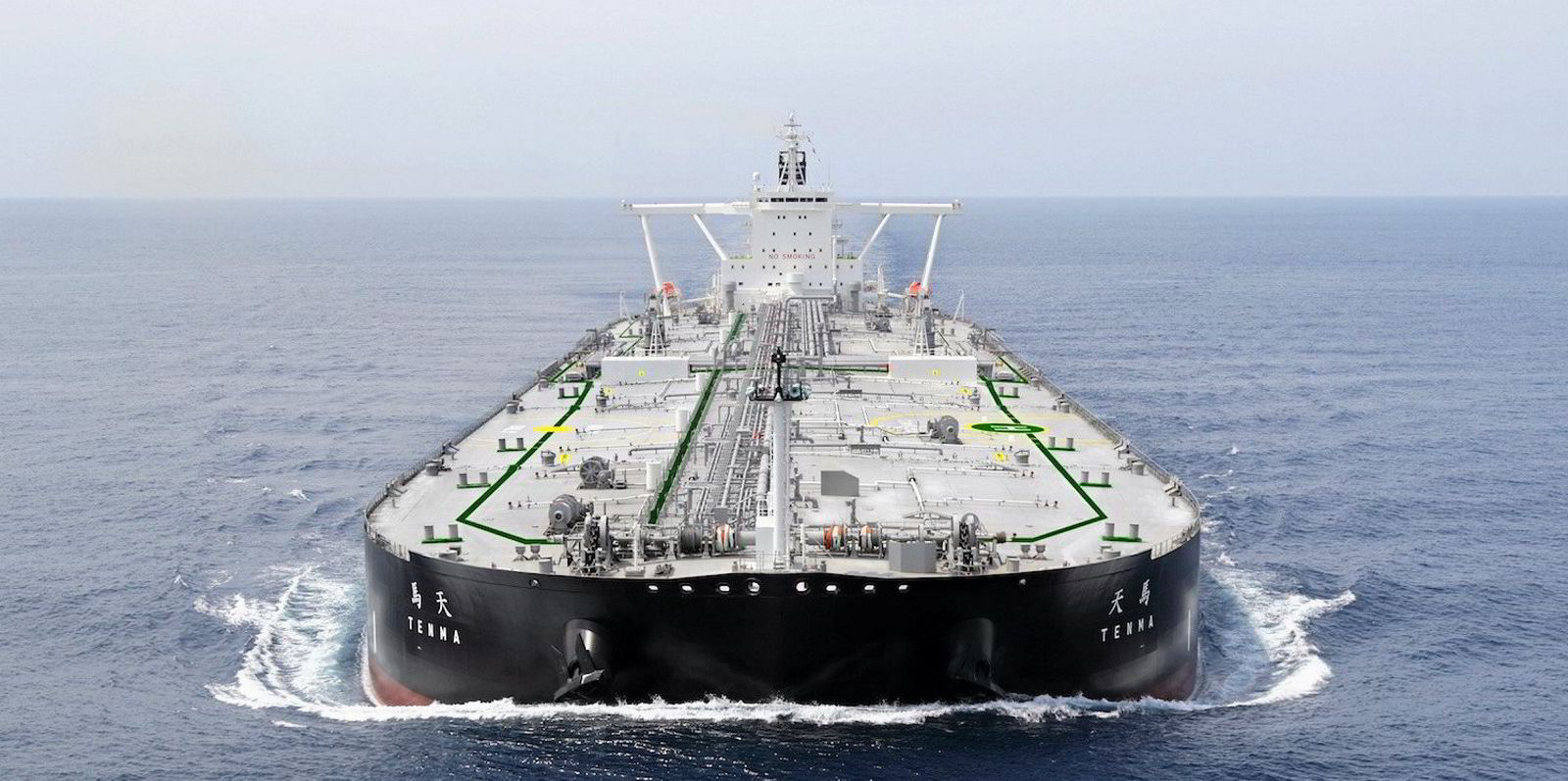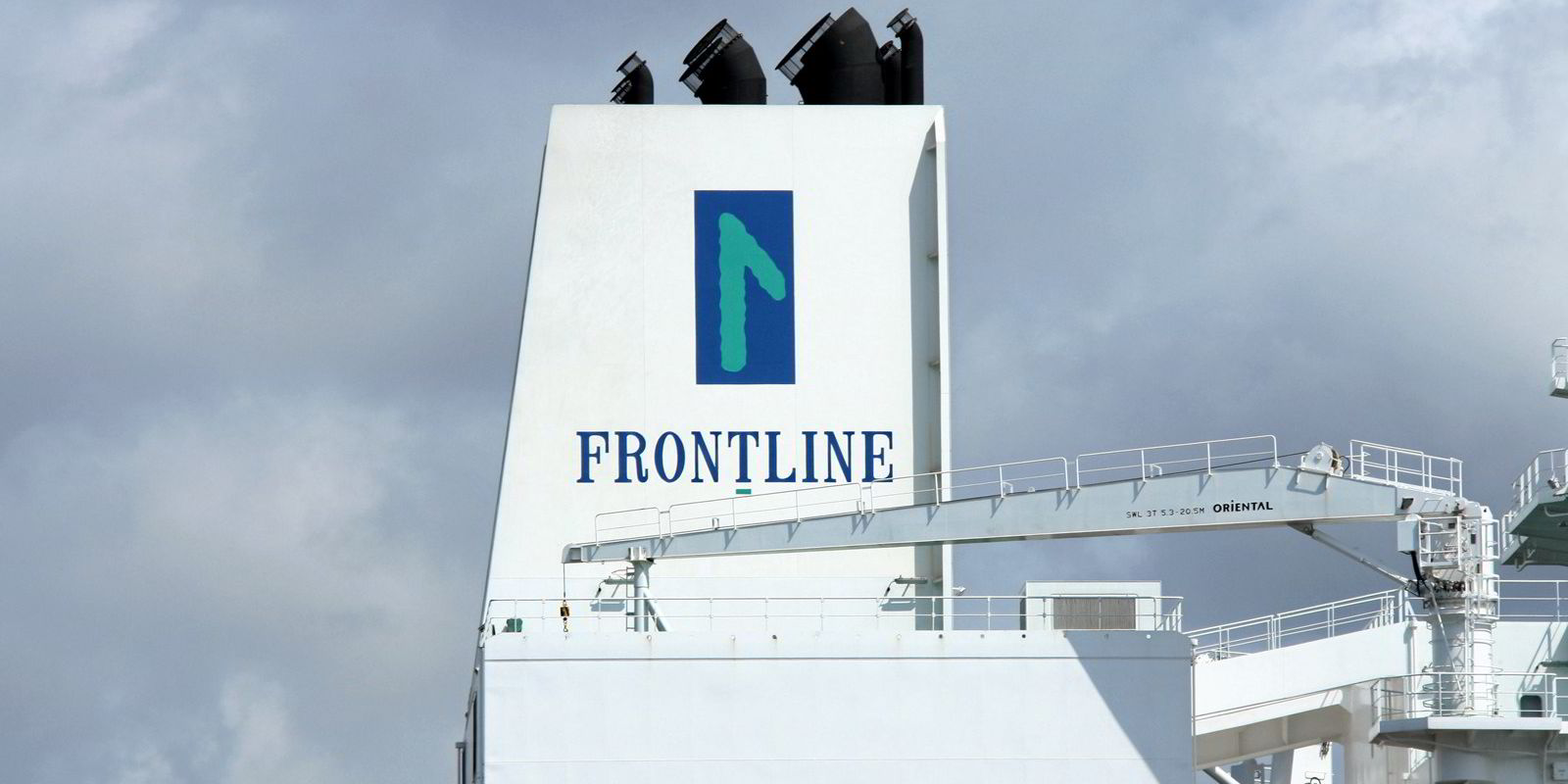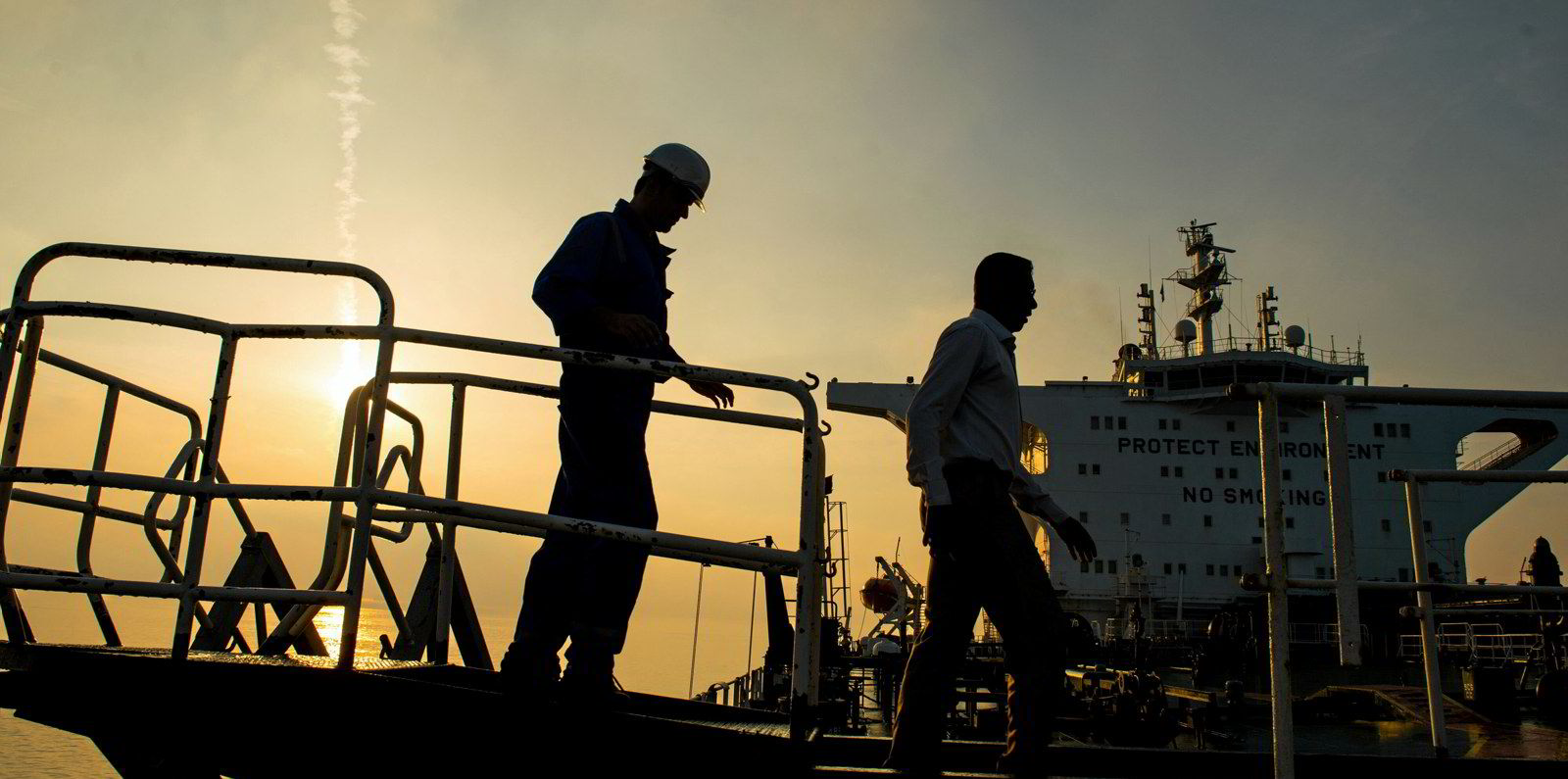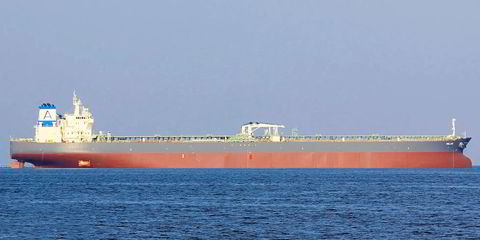Once beleaguered, VLCCs are leading the crude tanker rate rally as attention turns to the Middle East and how conflict there could affect markets.
According to figures from Clarksons, the weighted average for the largest tankers shot up 11.6% on Monday to hit $49,200 per day, doubling over the past week and up nearly 137% over the last month.
“We anticipate that the crude and product tanker markets could continue to rise in the coming months,” said Clarksons analyst Frode Morkedal, who attributed the rally to increased chartering activity.
“Any disruptions in the Middle East Gulf could further boost this trend, particularly if tighter sanctions against Iran lead Saudi Arabia to increase oil production sooner than current market conditions would suggest.”
According to Tankers International, there was a single VLCC fixture on Monday, the 318,000-dwt DHT Mustang (built 2018) chartered to S-Oil to carry crude from the Red Sea to South Korea in early November for $58,393 per day.
The pool reported another fixture, for the 300,000-dwt Das (built 2019), late on Friday.
The Abu Dhabi National Oil Co-controlled vessel was fixed to BP for a mid-November voyage from the US Gulf to China at $61,954 per day.
The rally comes as the conflict in the Gaza Strip threatens to affect tanker markets, with reports and speculation tying Iran to the attack by Hamas on Israel on 7 October.
The conflict could lead to stronger scrutiny of Iran’s oil exports, which are under sanction by the US but have not appeared to be a major focus for Washington in recent months.
Morkedal said if Iranian barrels, which are typically shipped to China, are taken out of the market, they could force Saudi Arabia to reduce the 1m barrel per day production cuts made since July 2023.
He said those cuts reduced VLCC demand by 24 ships and that without the Saudi Arabian cuts, VLCC rates could have reached $95,000 per day.
“[We assume] Saudi Arabia will not increase oil production until the end of” the first quarter of 2024, Morkedal said.
“However, rising oil prices caused by geopolitical risks or actual disruptions in Middle Eastern flows could expedite Saudi Arabia’s re-entry into the market, thereby boosting VLCC spot earnings even further.”
The longer-term outlook prompted Cleaves to reiterate its “buy” rating on the tanker segment.
It revised its oil demand growth figure for 2023, suggesting it would grow by 6.4%, versus the previous estimate of 7.5%, while upping demand growth next year to 3.2% and keeping flat its 2025 forecast for 1.9%.
However, the global tanker fleet is expected to grow by only 1.5% in 2024 and 1.2% in 2025, leaving space for tanker rate strength.
In addition to the skyrocketing VLCC rates, Clarksons’ fleet weighted average for suezmaxes was assessed at $50,600 per day on Monday, a slight dip from Friday, but up 38% from last week and 130% from last month.
Aframaxes rose to $46,800 per day, a 17% increase from Friday, 53% week over week and 130% month over month.






